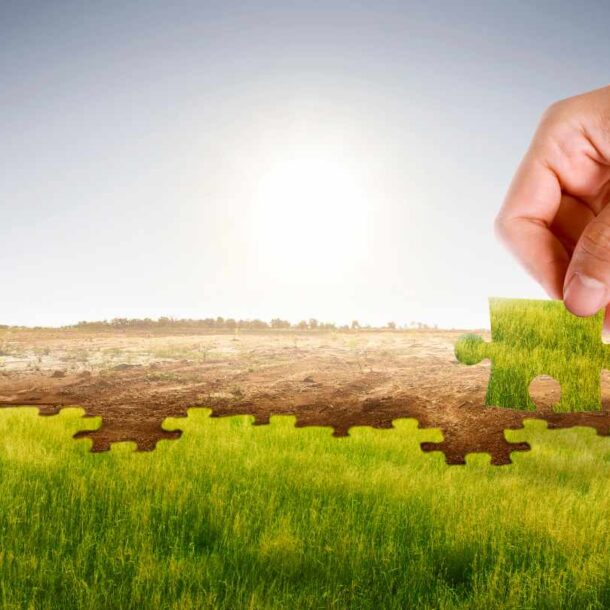
The Circular Economy: A Pathway to Climate Action and Resilience
The circular economy, a model that emphasizes the reduction, reuse, and recycling of materials, has emerged as a promising strategy to address the pressing issues of climate change and sustainability. By promoting more efficient use of resources, the circular economy can help mitigate emissions and build resilience across environmental, social, and economic dimensions.
Mitigating Emissions through the Circular Economy
The circular economy can play a crucial role in mitigating greenhouse gas emissions. Traditional linear economies are characterized by a “take-make-dispose” model, which contributes significantly to carbon emissions. In contrast, the circular economy promotes a “reduce-reuse-recycle” approach, minimizing waste and the demand for new resources.
By reducing the extraction and processing of raw materials, the circular economy can significantly decrease carbon emissions. Furthermore, by promoting recycling and reuse, it reduces the amount of waste that ends up in landfills, thereby decreasing methane emissions, a potent greenhouse gas.
Building Resilience through Adaptation
Beyond mitigation, the circular economy also contributes to climate adaptation, enhancing resilience across environmental, social, and economic spheres.
Environmental Resilience
From an environmental perspective, the circular economy promotes biodiversity and the health of natural ecosystems. By reducing waste and pollution, it helps preserve habitats and protect species. Moreover, the circular economy encourages the sustainable use of natural resources, contributing to the resilience of ecosystems.
Social Resilience
The circular economy also fosters social resilience. By promoting local recycling and reuse initiatives, it can create jobs and stimulate local economies, contributing to social stability and resilience. Furthermore, by reducing pollution and its associated health risks, the circular economy can enhance community health and wellbeing.
Economic Resilience
From an economic standpoint, the circular economy can enhance resilience by reducing dependency on finite resources and volatile commodity markets. By promoting resource efficiency and waste reduction, it can lead to cost savings and new business opportunities.
Conclusion
In conclusion, the circular economy offers a viable pathway to climate action. By mitigating emissions and building resilience, it can help societies adapt to a changing climate while fostering sustainable development. As we face the escalating impacts of climate change, the transition to a circular economy becomes not just an option, but a necessity.
Americas
New York
Europe
London
Asia Pacific
Singapore
Africa and Middle East
Dubai


